Hammer Older Than The 250 Million Years Old Dinosaur Itself
The hammer was found in London, Texas by a couple taking a walk. Oblivious to what was inside they carried it home. It wasn’t until a decade later that their son broke the stone to discover the prehistoric artifact.
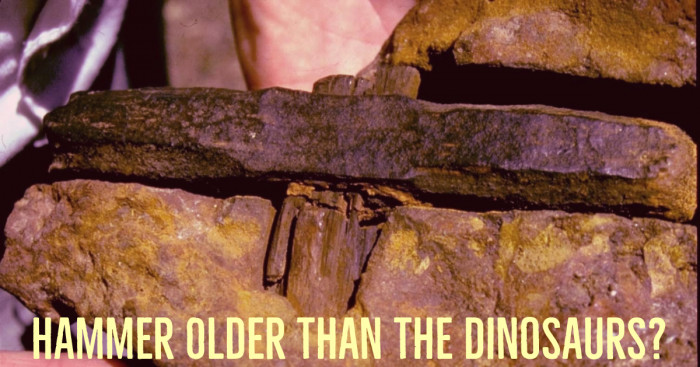
The London Hammer (also known as the "London Artifact") is a name given to a hammer made of iron and wood that was found in London, Texas in 1936. Part of the hammer is embedded in a limey rock concretion, leading to it being regarded by some as an anomalous artifact, asking how an obviously man-made tool could come to be encased in a 400 million year old rock.
It Is 6 Inches Long & Said To Have Consist 96.6% Of Iron
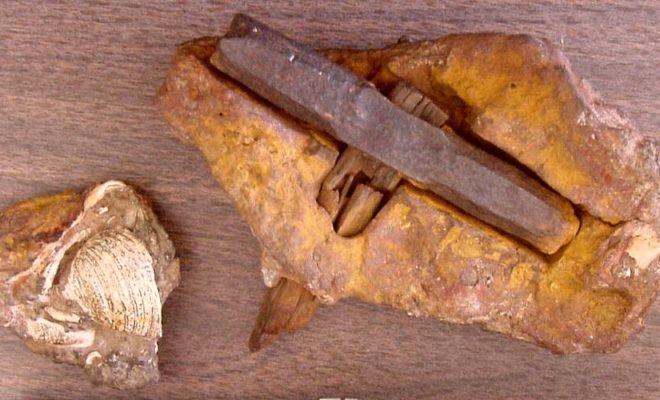
Part of the hammer is embedded in a limey rock concretion, leading to it being hailed in some quarters as an anomalous artifact. metal hammerhead is approximately six inches (15.24 cm) long and has a diameter of one inch, leading some to suggest that this hammer was not used for large projects, but rather for fine work or soft metal.
The metal of the hammerhead has been confirmed to consist of 96.6% iron, 2.6% chlorine, and 0.74% sulfur. Interestingly, it’s been pointed out that the hammerhead has not rusted since its discovery in 1936.
The Hammer Embedded Stone Was Founded By A Couple
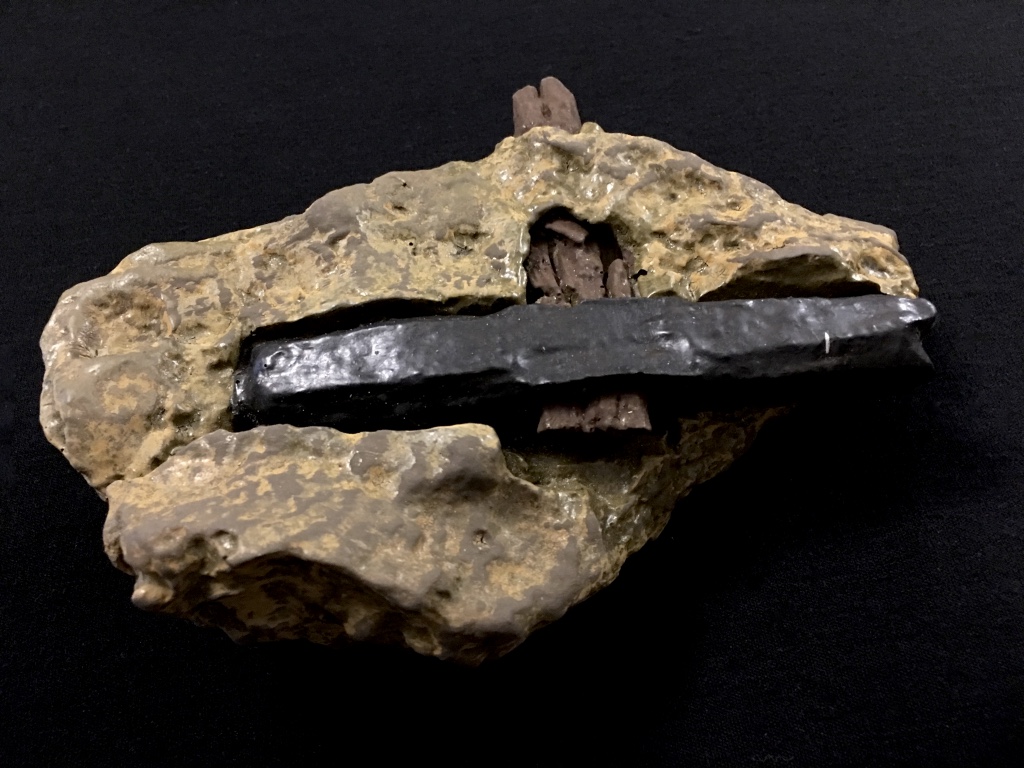
The hammer was purportedly found by a local couple, Max Hahn and his wife, while out walking along the course of the Red Creek near the town of London. They spotted a curious piece of loose rock with a bit of wood apparently embedded in it and took it home with them. A decade later, their son Max broke open the rock to find the concealed hammer head within.
Science Suggests That Hammer With That Composition Is Only Achievable Through Modern-Day Tech
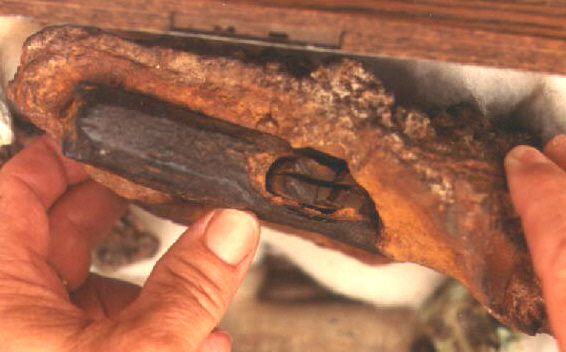
According to studies of the Metallurgical Institute of Columbia, the inside handle underwent the process of carbonization, the head of the hammer was built with an iron purity only achievable with modern-day technology. According to analysis, the head of the hammer consists of 97 pure iron, 2 percent chlorine, and 1 percent sulfur.
While The People Who Believe In God Use This Hammer To Prove The Theory Of Evolution Wrong
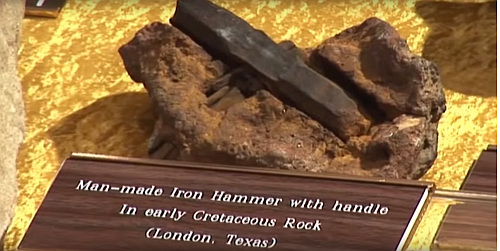
The Hammer began to attract wider attention after it was bought by Creationist Carl Baugh in 1983, who claimed the artifact was a "monumental 'pre-Flood' discovery." He has used it as the basis of speculation of how the atmospheric quality of a pre-flood earth could have encouraged the growth of giants. The hammer is now an exhibit in Baugh's Creation Evidence Museum, which sells replicas of it to visitors.
The artifact and the story around it is quite hard to believe and it has some solid evidence covering the back story but it is still somehow not convincing enough according to some geologists.
Popular Posts
Itchy Feet Superstition: Truth Behind The Notion
Human body has been subject to various superstitions since centuries. The beliefs have passed down from generation to generation...
Bharat Asrani
15 Facts About Mermaids That You Were Not Aware About
Nearly three quarters of the Earth is covered with water. No wonder, oceans contained various mysterious creatures like mermaids...
Swati Bhandari
15 Things About Fluffy Cow That Internet Did Not Tell You
Have you heard about the fluffy cow? Well, it is the beefy, fluffy & adorable cattle pampered and groomed more than average and also went crazy viral on the internet.
Swati Bhandari








